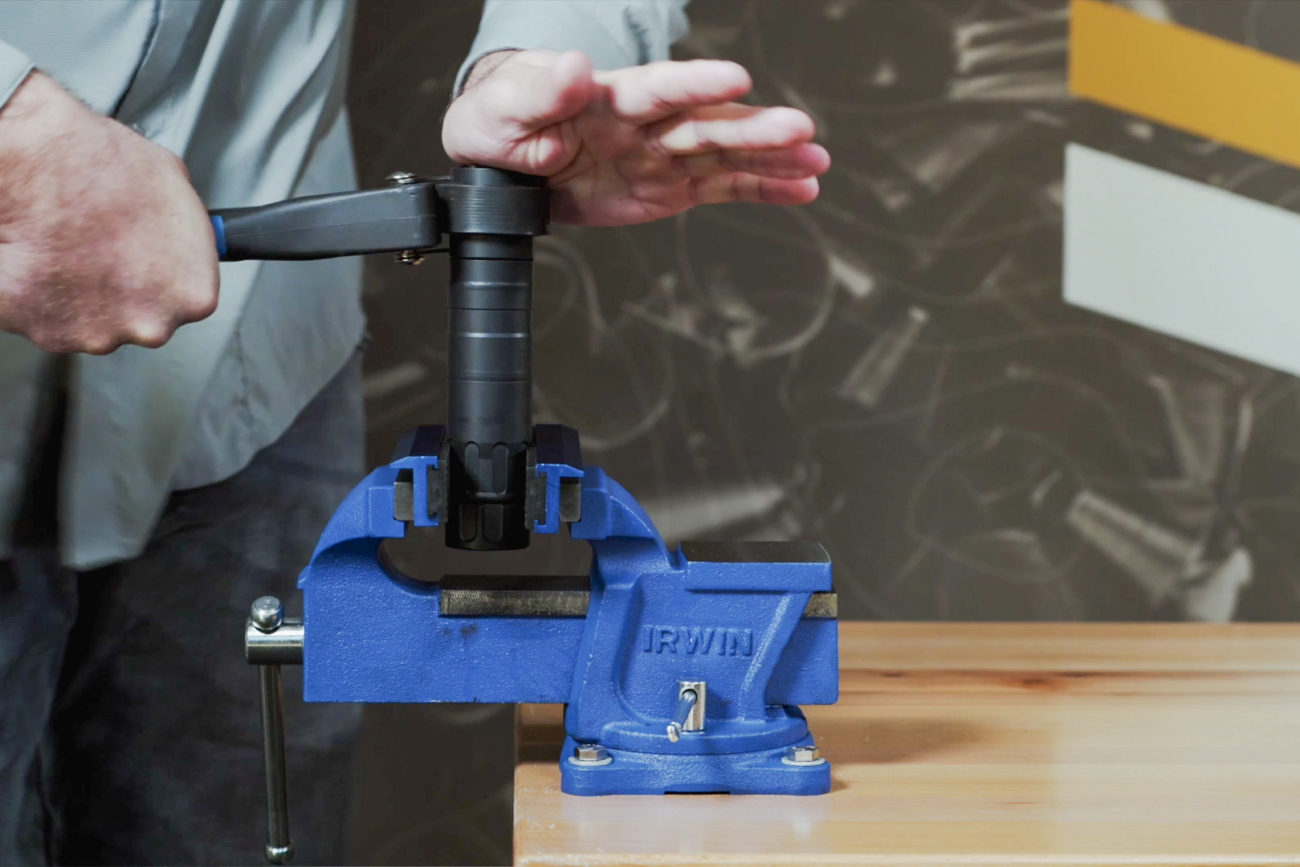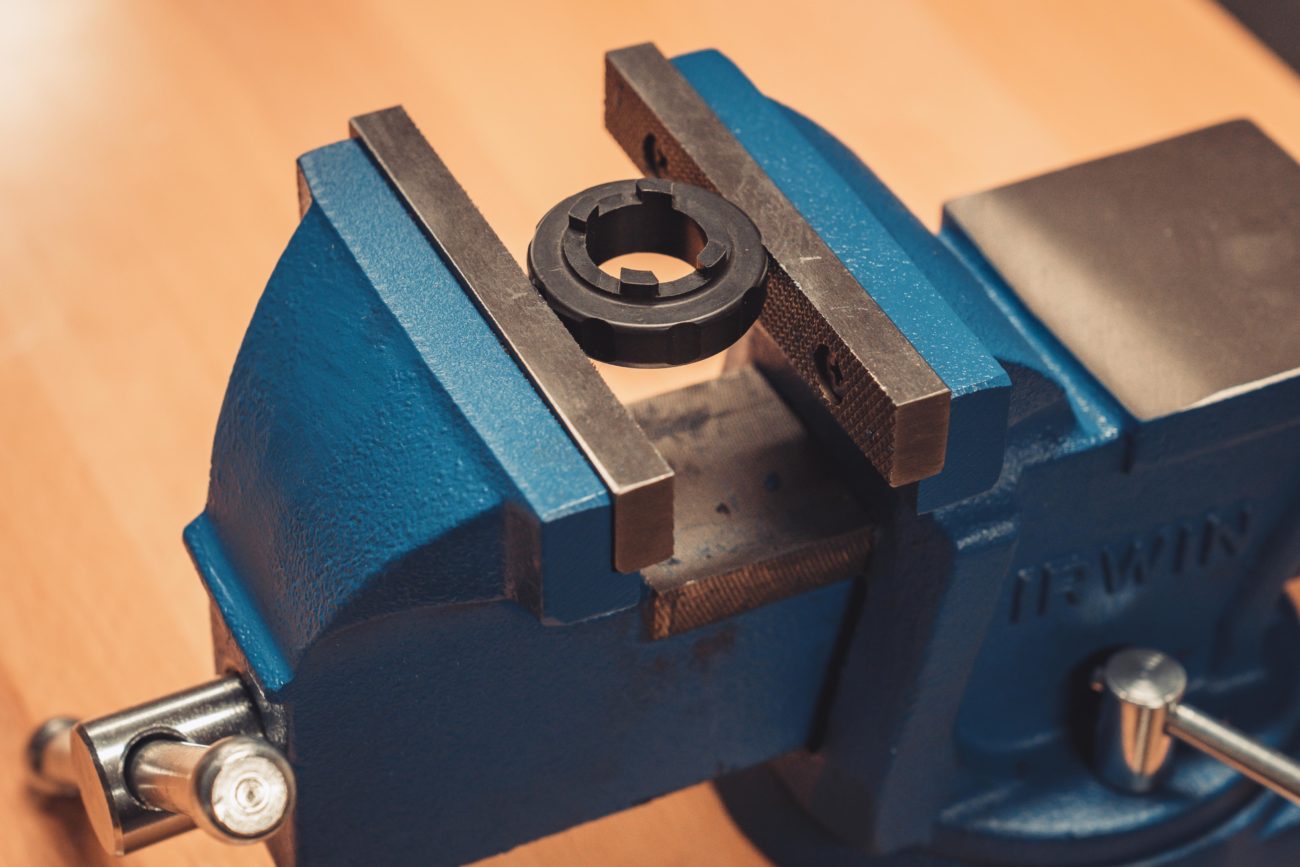How to Prevent Suppressor Lock Up
Preventing Suppressor Lock Up
The most common reason we see suppressor lock up is due to thermal expansion. Thermal expansion in regards to a suppressor, is when a part of the suppressor or muzzle device expands due to it increasing temperatures when being fired. This can cause the suppressor to become stuck on a host as the threads of the host suppressor have expanded allowing the muzzle device to thread into the suppressor further than normal. When the suppressor then cools, the threads can lock up preventing easy removal of the suppressor. This same concept applies to changing your suppressor’s configuration and/or end cap.
In order to prevent this, we recommend allowing the suppressor to cool to ambient temperatures before changing configurations or hosts. If you don’t have time to allow the suppressor to cool to ambient temperatures, you can thread the suppressor, module or end cap on about a quarter turn before becoming tight. Allow up to 2 minutes for the temperatures to acclimate then tighten down the suppressor and you’ll be good to go.
Making sure that your threads are kept clean will also help prevent any lock up. If you notice that you consistently forget to allow your suppressor to acclimate or have issues removing your end cap or module, a small amount of anti-seize can be put onto the threads.
How to Loosen a Stuck Suppressor
If your suppressor does happen to seize, we recommend putting penetrating oil into and around the threads, giving it a minute or two to seep in, then firing about 5 rounds through the suppressor. This should loosen the suppressor up to be taken off the host firearm or to remove the module/end cap.

If this method does not work, we recommend using a vise with soft jaws and a strap wrench. Make sure to tighten the vise just enough to keep the suppressor in place (make sure that the vise is not only holding onto the locking collar). From there you can use the strap wrench to remove the module as pictured above.

To remove your end cap, put the end cap tool in a vise facing up (as shown above). Place the suppressor onto the end cap tool making sure the notches are aligned. Turn the suppressor counter-clockwise to remove the end cap. If more torque is needed, a strap wrench can be used.
Check out our selection of Rifle Suppressors and Pistol Suppressors! Learn about what makes us different here: Why Rugged Suppressors!